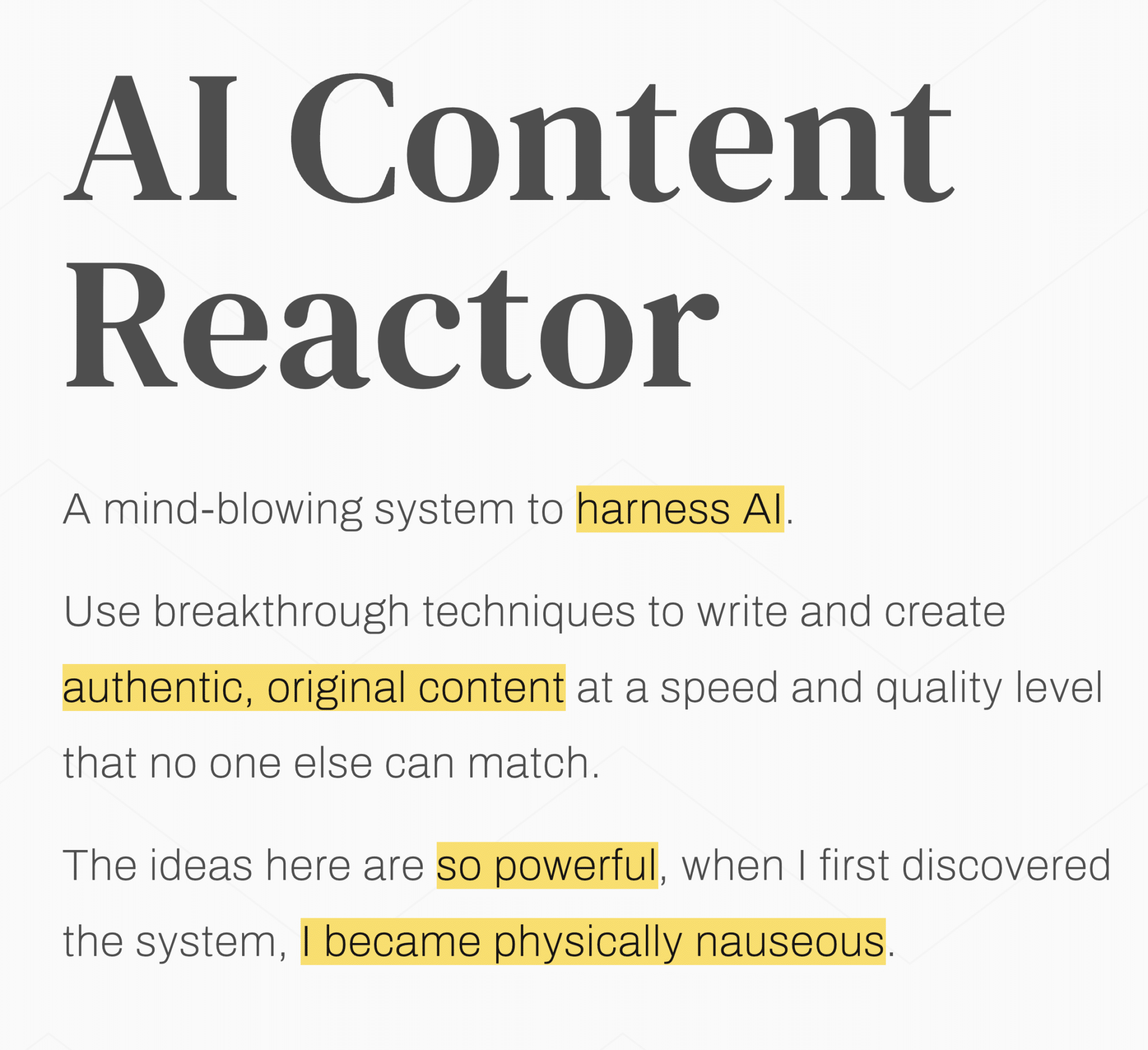Alt text is just a line of code, right? It’s a simple attribute that hides in the HTML of your web pages. This small tag can have a big impact on search engine optimization (SEO), accessibility standards, user experience, and even your legal compliance. Yet, it’s still one of the most misunderstood (or ignored) elements in content strategy.
This guide focuses on people, not just search engines. You want your content to work for real humans, on any device, using any kind of assistive technology. Whether you’re designing for mobile devices, optimizing for SEO, writing alt text for a blog post, or managing your brand’s presence on social media, this is for you.
What is alt text?
Alt text, short for “alternative text,” is used to describe the content of an image. Although most of today’s content management systems make it easy to add this text, it’s often skipped over. Originally created for assistive technology like screen readers, it now plays a broader role in the overall accessibility and usability of web pages.
If you ever look at your source code, you’ll see the request in your image calls.
A simplified example: <img src=myimage.png” alt=”description of your image” />
Does alternative text still matter?
Yes. According to Google’s image guidelines alt text helps their algorithms understand the content of images and how they relate to the surrounding text. In other words, it bridges the gap between content and context.
It also helps screen reader programs for the blind or visually disabled to navigate the web easier. For example, Microsoft’s narrator uses this featur when reading the page outloud. Alternative text improves image indexing for search engines and ensures that content doesn’t lose its meaning when visuals can’t be seen.
There’s a legal standpoint, as well. The Americans with Disabilities Act (ADA) has pushed organizations to prioritize accessible design. Missing or poor-quality alt text can lead to legal exposure, making the choice to add alt text an essential one.
It’s also become more visible on social media. Many social platforms allow and encourage users to add alt text to images. This makes accessibility a public part of content creation and reinforces its importance.
Image search traffic.
Alt text directly influences how well your images rank in Google Image Search. And that traffic is real:
- According to a study by BrightEdge Research, images show up in at least 21% of desktop searches and 24% of mobile searches.
- HubSpot notes that optimizing images can significantly increase organic traffic, especially for visual-heavy industries like eCommerce, fashion, travel, and food.
- So, strong alt text = better image indexing = more visibility.
When you’re building SEO-focused content strategies, the attribute supports search engine optimization by providing additional context to the page. Alt text contributes to the semantic richness of your content and helps it appear in image search results.
For users on mobility devices or with limited bandwidth, it offers a fallback when images don’t load. Alternative text also enhances the user experience in ways that go beyond accessibility, improving clarity, consistency, and inclusivity.
Writing Alt Text That Works
Alt text isn’t a place to stuff keywords or repeat filenames. It gives users the important information they need to understand an image. That might mean describing a product, illustrating a concept, or explaining visual cues that relate to your content.
Think of writing alt text as an extension of your content voice. If your brand is direct and friendly, your alt text should be too. Describe the image accurately, keep it concise, and make sure it relates directly to the surrounding content. Avoid vague phrases like “image of” or “graphic of.” They’re unnecessary and take up valuable character space.
A good alt text description provides enough detail without overwhelming the screen reader user. It should explain the purpose of the image in context. For example, “SEO consultant talking with a client about technical challenges and optimization” gives more detail than “image of people talking.”
Common Mistakes and How to Avoid Them
One common mistake is keyword stuffing. This is cramming too many search terms into the alt text in an attempt to game the system. Search engines are more intelligent now, and so are users. Keep it natural.
Another issue is using the same alt text for multiple images or writing text that’s too vague. Every image has a unique role in your content. Repeating the same description can actually hurt SEO, but that’s not all. It also confuses the message.
And finally, relying on automated tools to generate alt text without human review can result in errors or irrelevant descriptions. Writing alt text is a human task that needs context and care.
How Alt Text Fits into SEO and Content Strategy
Alt text is a key player in high-quality SEO content. It strengthens your on-page optimization by giving search engines more signals about what your content covers. When paired with relevant image file names and clean page structure, it supports the discoverability of your images.
Alternative text also supports accessibility standards, making your site more usable for everyone. That contributes to lower bounce rates, longer time on site, and stronger user experience overall. In turn, this helps with SEO.
In terms of content workflow, alt text should be planned alongside written content. Treat it as part of your editorial process. Make sure it’s included in your content briefs and checked during QA. If you’re creating images for social media or publishing blogs, don’t skip this step.
Beyond the Basics: Accessible Design in Practice
Accessible design makes sure every visitor can access and engage with your content. When you add alt text, you acknowledge that users interact with the web in different ways.
From screen reader users to people browsing on small devices, alt text gives equal access to information. It respects the diversity of how people experience content, and that respect builds trust with your audience.
Alt text also aligns with the broader goals of inclusive marketing. It shows that your brand considers all users, not just the ones who interact visually. That kind of thoughtfulness reflects in everything from product design to messaging.
Final Thoughts
Alt text may be invisible to most, but it affects SEO, user experience, and accessibility. When you approach it thoughtfully, you create content that ranks well. It also makes sure your content reaches more people, more meaningfully.
In a digital world that values connection, clarity, and accessibility, writing alt text isn’t just a technical task. It’s a creative one. It’s a human one. And it’s worth doing right.



































